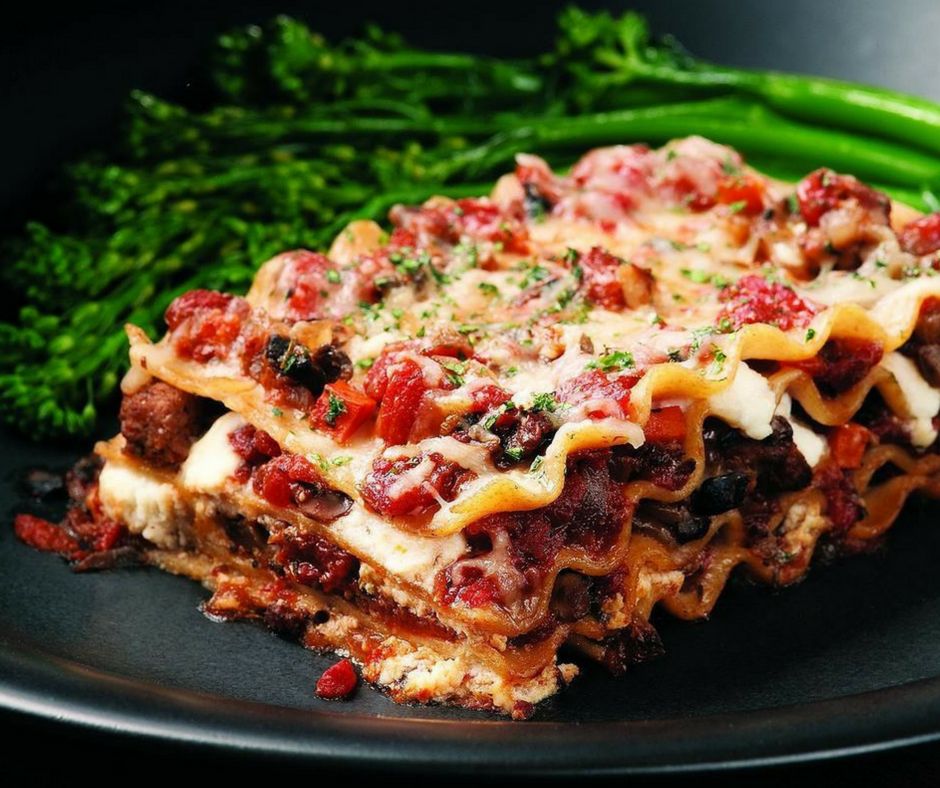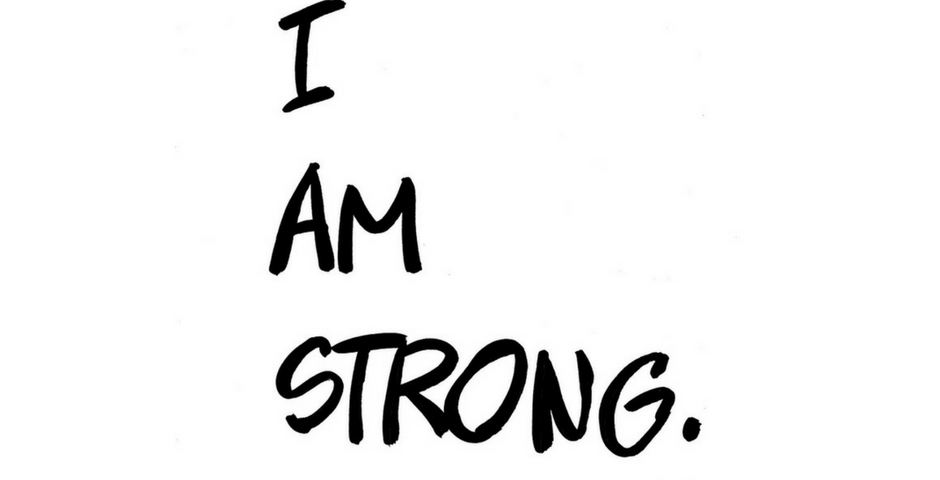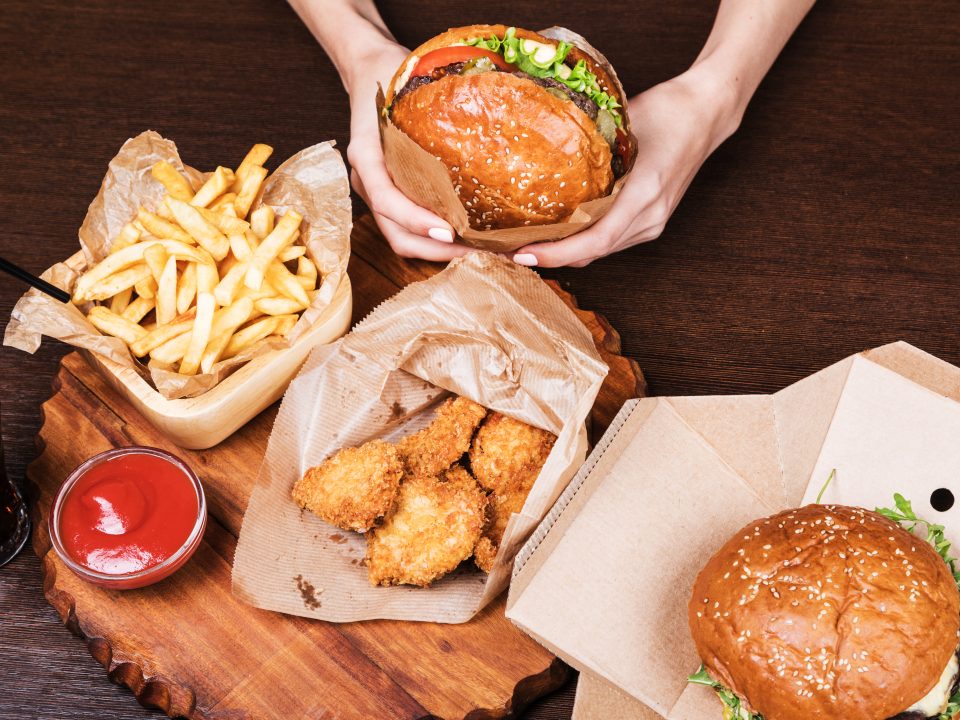
Juice fast cleanses for weight loss
March 13, 2017
Traditional lasagne
March 13, 2017Have you ever started exercising, and after a while looked at the scales, seen no change, and given up? This is so common, you assume that what you are doing isn’t working, you get frustrated that you have been working so hard for zero results.
Turns out you were just approaching it all the wrong way. Here’s where you went wrong.
You tried to lose weight instead of getting strong
If you want working out to be the main way you burn more calories and lose weight, instead of following a more restrictive diet, you need to understand how it works. With 8 weeks of regular resistance exercise, you can expect to gain an average of 1-2.5kg of muscle mass. It is generally higher in males than females.
At the higher end of this you are looking at an increase of around 50 calories a day for resting metabolic rate, which means that sitting there doing absolutely nothing you burn slightly more calories than before.
Lets say you have maintained the same weight for a while now. Start training and you can factor in the slight increase in your metabolic rate plus the actual calories burned during the exercise itself, and then just keep your diet at consistent calories as always (exercise can make it tempting to eat more), and you have created what is called an energy deficit, which means you are burning more energy than you are consuming.
This can result in weight loss, the rate at which will depend largely on the amount of exercise you do. Where many go wrong however is overestimating how many calories are burned by exercise. If you are 80kg, you do resistance exercise for 30 mins three times a week, that’s going to equal a 360 calorie energy deficit for the week.
Compare that to going from an 1800 calorie diet (weight maintenance) to a 1500 calorie diet (300 calorie/day deficit) and you are looking at 2100 calories in a week. Your weight loss will be 83% less with just a gym visit three times a week, even though this amount is generally just right for muscle gain and improving strength.
You didn’t get out the measuring tape
When you checked your progress, did you also do your body measurements? Many people have found that once they start exercising, their weight doesn’t change, or only decreases slightly week to week. The real results can be seen in their waist, hip, chest, thigh measurements however, which is an indication that there is a higher amount of lean body mass (muscle) which weighs more than body fat does.
So muscle has increased, body fat has decreased, theres a leaner version of you, but you look at the number on the scales and throw in the towel, thinking you haven’t lost weight- and in fact, literally you haven’t, yet you are leaner…
One other thing to consider when using scales to measure progress is that fluid can play a big role here- how hydrated or dehydrated you are, whether you ate salty food and are retaining fluid, whether you consumed caffeine, how much you sweated out at the gym.
If you are going to use scales to track your progress it may be worth investing in BIA scales that can measure body fat %, muscle mass, fluid % for a better overall idea of what is happening with your body. Just make sure you measure yourself at the same time every day- usually right before dinner is best.
So what is the best plan?
Count resistance exercise three days a week as a way to get strong, and count a slight calorie deficit every day plus cardio most days of the week as your strategy to lose weight. Weight yourself no more than once a week, but do your measurements as well, and be patient, change can take time.





